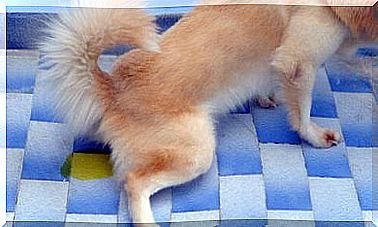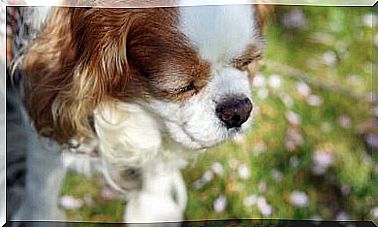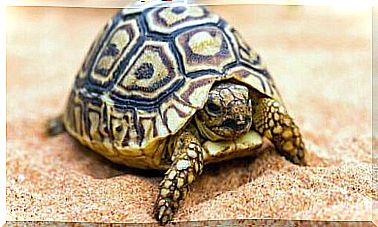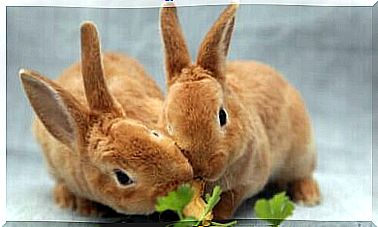Pet Bugs: An Anthill At Home
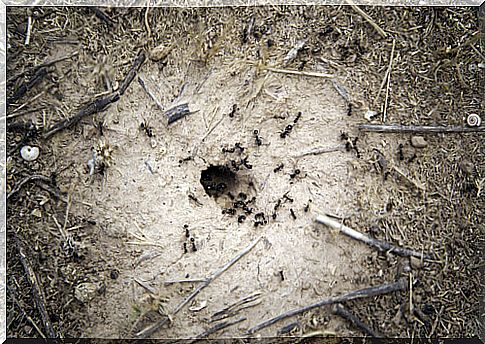
When we think about choosing a pet, we practically never think about insects. We usually think of dogs, cats, maybe a rodent… However, having an anthill at home can be a passionate, educational experience that needs little care. If you’ve never had pet insects, we’ll give you reasons why an anthill might be a good idea.
a pet anthill
The ants are insects well known by all of us. We know that they form societies with complex structures, and that they play different roles in their society. However, these societies grow underground, and we can rarely see them organized and working.
Building an anthill at home, we can observe, in a comfortable way and very closely, how one of these societies develops. How they build their tunnels and organize the spaces where they eat, live or dispose of garbage. As each anthill starts with few inhabitants, we can see how they reproduce and grow.
It’s cheap and easy to create an anthill at home. There are specialized stores that sell kits with different materials to assemble them. However, if we are skilled, with few materials and in a short time, we can build the base of our anthill and start looking for its inhabitants.
The stores that sell the kits also provide information on how to take care of the ants. But if you decide to create an anthill at home, there are books, forums and websites that will help you feed and care for them.
Educational Pet Insects
An anthill can be ideal for a classroom or a child. It doesn’t require much care and you just need to feed the ants sometimes. Ants do all the cleaning and maintenance work. Your job will be to observe them and find a place with adequate humidity and temperature conditions.
The work that takes place with an anthill can be a great experience for a child. First, the little ones will be able to participate in the stages of building the anthill and searching for the ants. You can pick them up without causing damage and see how they reproduce and create the living space.
This experience is not just about choosing materials and building an anthill itself. It also teaches responsibility: they are pets that can occupy the little ones in the house. It conveys the message that all living things are important, not just mammals. It teaches us to appreciate the little beings that live among us and brings concrete knowledge about animals as fascinating as ants.
get an anthill
There are several ways to make an anthill at home:
- A ready-to-assemble kit can be ordered from a specialist store.
- You can build one from scratch at home with a few tools.
Regardless of how you want to catch these insects, the anthill must be made up of the following parts:
- A container to contain the anthill. There are big and small, deep or flat. In order to be able to observe the ants’ work, at least one of the walls in the environment must be transparent.
- Sand or earth where ants can live and dig their tunnels. They like damp places where they can dig. Special gels are also for sale where ants can live.
- Another different container, but connected to the anthill, which will be the foraging box: where the ants will get their food.
- A queen ant.
- Worker ants from the same colony as the queen ant.
- Decorative elements. They are not necessary, but placing a small decoration on the forage box will not harm the ants, and can make the anthill more interesting.
- Something to close the anthill, as ants prefer to build in the dark, and too much light can stress them out.
- A lid to contain the ants inside the anthill.
Anthill feeding and maintenance
Ants do not eat solid food. They eat watery foods. That is, the foods given to them, such as sugar, honey or pastes, must be diluted in water.
Ants need protein to live, and we should give them that too: insects, protein syrups that can be bought or, in the case of some species, seeds.
Food should not always be placed in the forage box. We must remove it and put it back the next day, to prevent it from spoiling and creating mold.
Sunlight is bad for larvae and pupae. The anthill should be covered for many hours a day, and it should be out of direct sunlight. In the wild, ants tunnel underground, and they never get sunlight.
Avoid placing the anthill in places that are too cold or too hot, such as next to a window.
It may seem like an extravagant option to have pet insects, but an ant colony is a fun, educational experience recommended for all ages.

